The Early Le Dynasty was the most prosperous dynasty in the feudal period of Vietnam, associated with the names of wise kings, such as Le Thai To, Le Thai Tong, Le Nhan Tong, Le Thanh Tong... The achievements of each emperor are associated with a certain historical period.
If Le Thai To had the merit of driving out the Ming invaders, pacifying the world, and giving birth to the Later Le dynasty, then King Le Thanh Tong was the embodiment of the golden age of Dai Viet nation.
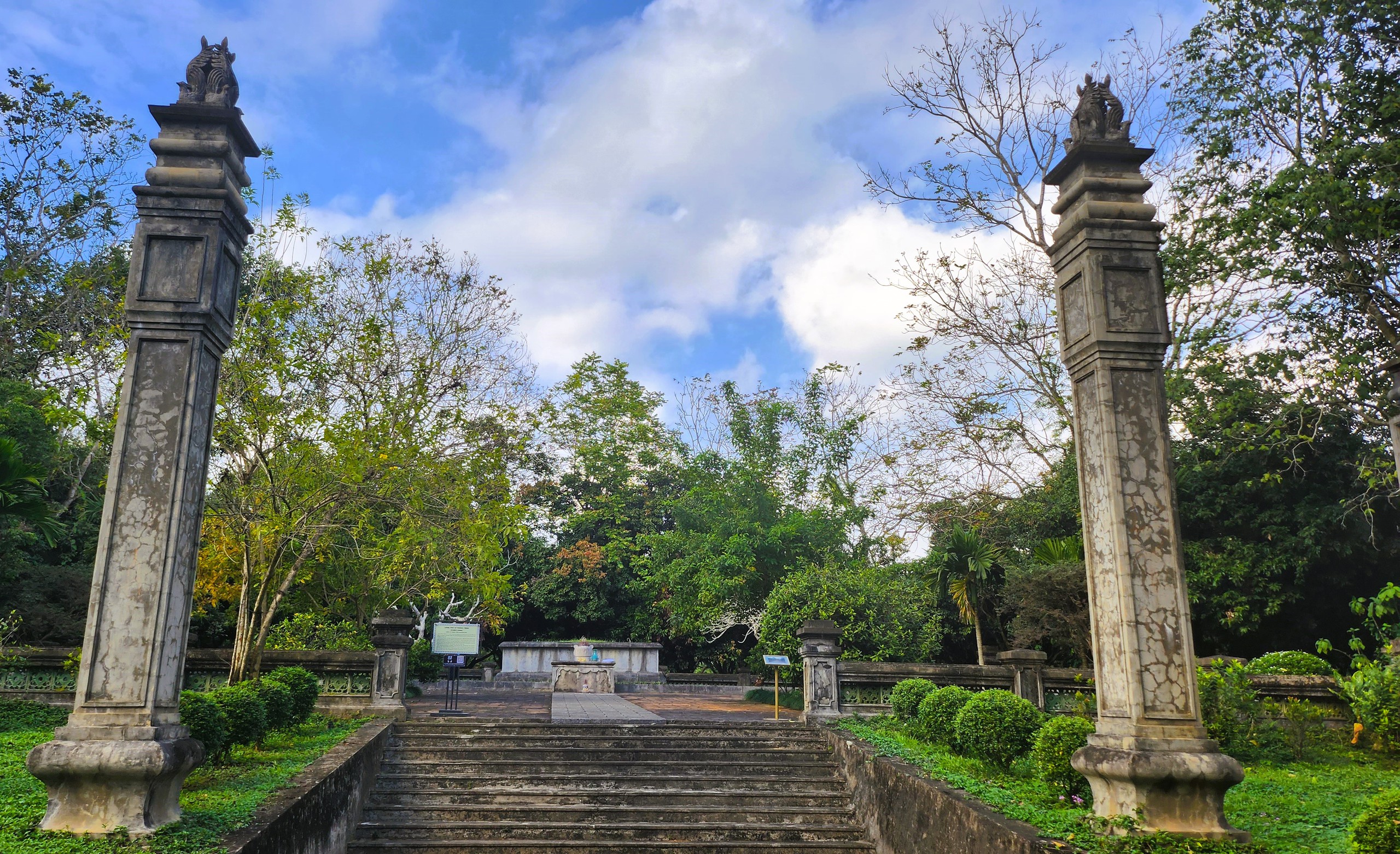
The road to the tomb of King Le Thanh Tong (Lam Kinh special national relic site)
Le Thanh Tong (real name Le Tu Thanh, born on July 20, 1442, was the son of King Le Thai Tong and Mrs. Ngo Thi Ngoc Dao. The book Dai Viet Su Ky Toan Thu describes him as "a beautiful natural talent, an unusual appearance, a handsome, kind, radiant, solemn appearance, truly an intelligent person worthy of being king, a person of wisdom and courage enough to protect the country".
In 1445, Le Tu Thanh was appointed as Binh Nguyen Vuong, studying in the capital with other kings. The mandarins all saw that Binh Nguyen Vuong had a dignified demeanor and was much more intelligent than others, so they considered him extraordinary. Binh Nguyen Vuong lived a private life, did not show his intelligence to the outside world, only enjoyed ancient and modern books, the meaning of the sages, loved good things, and liked virtuous people.

Like the tombs of the Le Dynasty kings, the tomb of King Le Thanh Tong was designed simply, in harmony with nature.
"Binh Nguyen Vuong was loved by Queen Mother Nguyen Thi Anh like her own son and was considered by Le Nhan Tong as a rare younger brother" - Dai Viet Su Ky Toan Thu recorded.
On June 8, 1460, Le Tu Thanh was enthroned as king by his ministers, taking the title Le Thanh Tong, at the age of 18. He was the fifth king of the Later Le Dynasty, including Le Nghi Dan. Le Thanh Tong reigned until 1497, a total of more than 37 years, making him the longest-reigning king of the Later Le Dynasty.
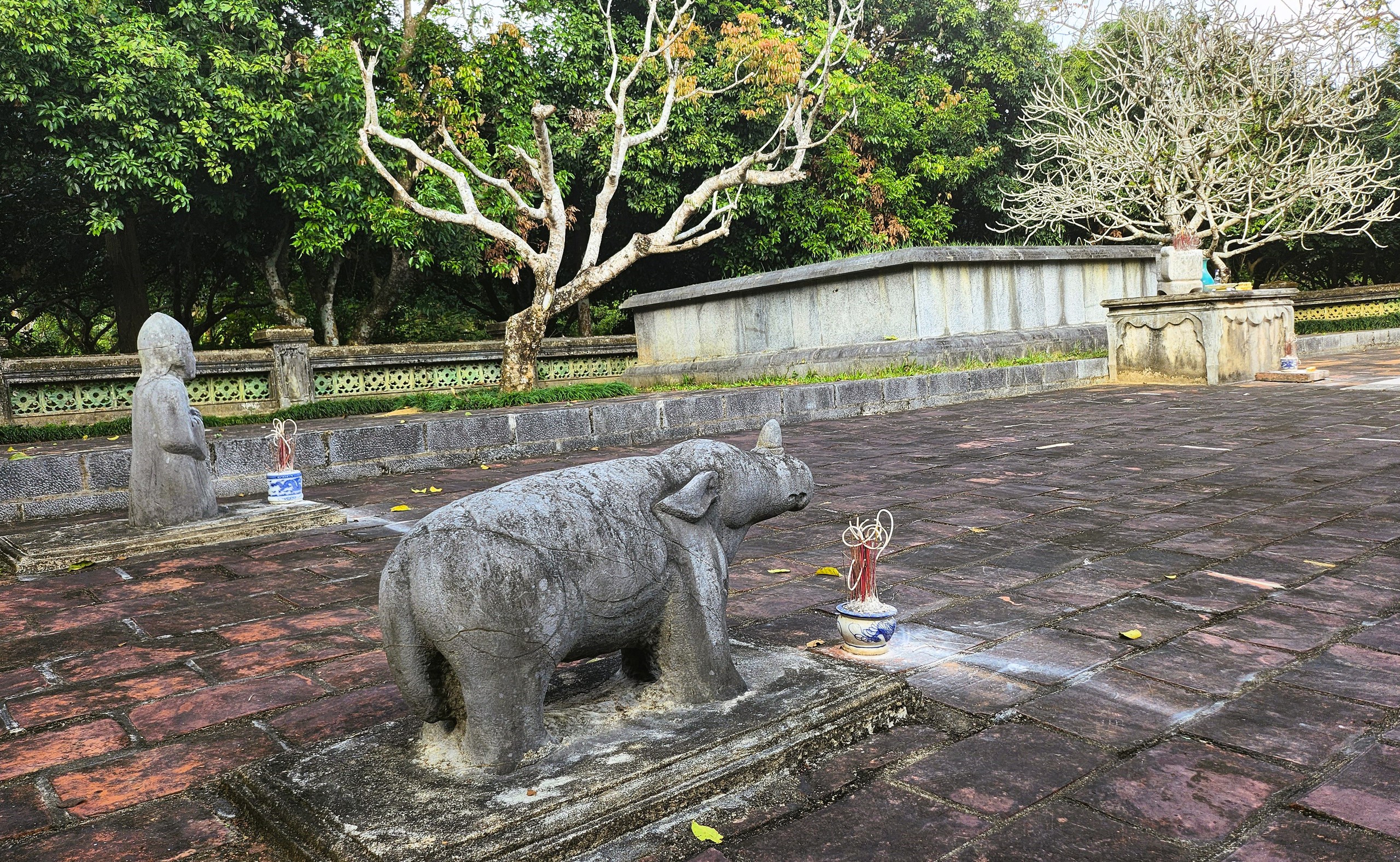
In front of King Le Thanh Tong's tomb are 2 statues of civil and military mandarins and 4 pairs of stone statues including: Nghe, rhinoceros, horse, tiger on both sides.
During the reign of Le Thanh Tong, the Dai Viet state developed brilliantly in all aspects from economy, politics , military to education, culture, and society. King Le completed a massive set of laws, the idea of using law to govern the country was especially successful and powerful, setting a model for later kings to follow (Hong Duc Law). This period is often called Hong Duc prosperity, because it took place during the Hong Duc years.
Under the reign of Le Thanh Tong, the examination system in Vietnam reached its peak of prosperity. The King organized many examinations, and selected many doctors and laureates. To honor the talented and virtuous people of Dai Viet, in 1484, Le Thanh Tong erected stelae of doctoral examinations from the 1442 examination onwards, located in the grounds of the Temple of Literature - Quoc Tu Giam. For each examination, a stele was placed on the back of a turtle. Later generations and dynasties continued to add new steles of honor.

King Le Thanh Tong's tomb was also designed with grass planted on top, similar to the tombs of the kings and queens buried in Lam Kinh.
Also under King Le Thanh Tong, border protection and preservation were emphasized. The king often patrolled the border areas with his soldiers. He was passionate about national sovereignty , so the first map of Dai Viet was completed under this king's reign...
On January 30, Dinh Ty year (1497), the king fell ill and passed away at Bao Quang palace, then was brought back to Lam Kinh and buried at Chieu Lang. Chieu Lang was built facing south, with a gentle slope. Previously, the tomb was built with bricks, and covered with earth. Due to time and nature, only a mound of earth remained. In 1998, the tomb was restored, built with bricks and stone cladding on the outside, with dimensions: 4.40 m long; 4.39 m wide; 1.19 m high.
Clip of tour guide talking about King Le Thanh Tong
According to historical records, Lam Kinh National Special Relic Site has 6 buried kings including: Le Thai To (Le Loi), Le Thai Tong, Le Nhan Tong, Le Thanh Tong, Le Hien Tong and Le Tuc Tong; along with 2 queen mothers, Ngo Thi Ngoc Dao and Nguyen Thi Ngoc Huyen.
Through the ups and downs of history, the exact location of the tombs of King Le Nhan Tong and Queen Mother Nguyen Thi Ngoc Huyen is still unknown. Currently, Lam Kinh relic site has 5 tombs of King Le and 1 tomb of Queen Mother Ngo Thi Ngoc Dao.
Source: https://nld.com.vn/noi-an-nghi-cua-vi-vua-anh-minh-bac-nhat-lich-su-viet-nam-196250128104032958.htm




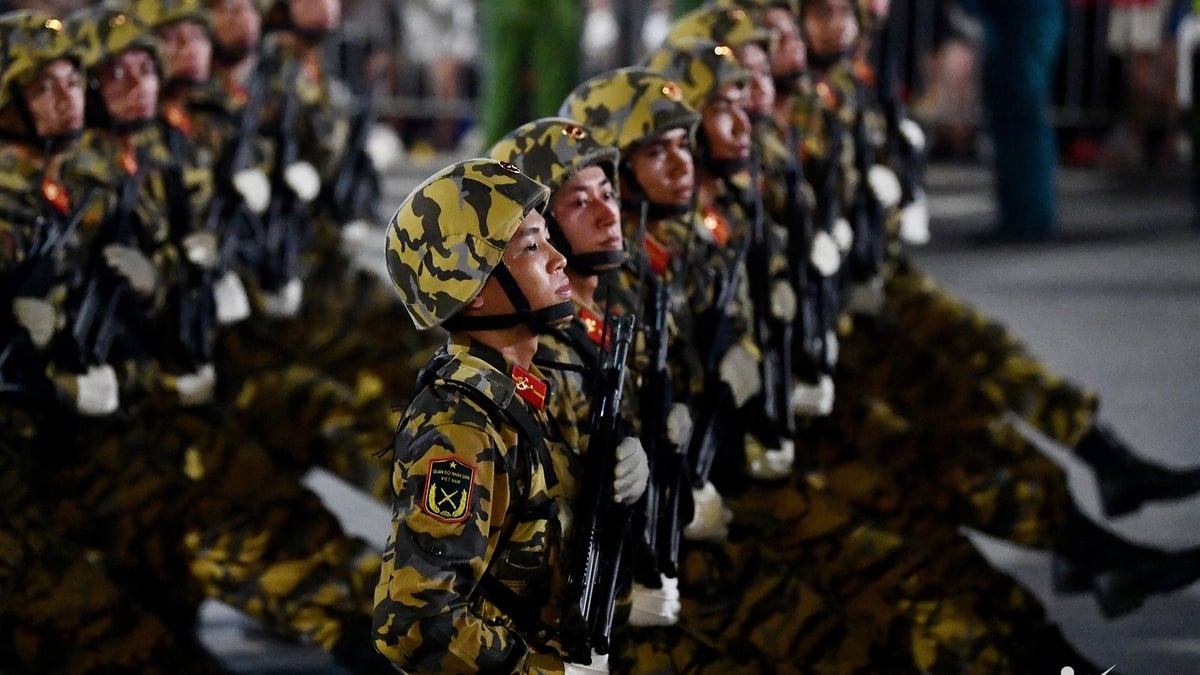


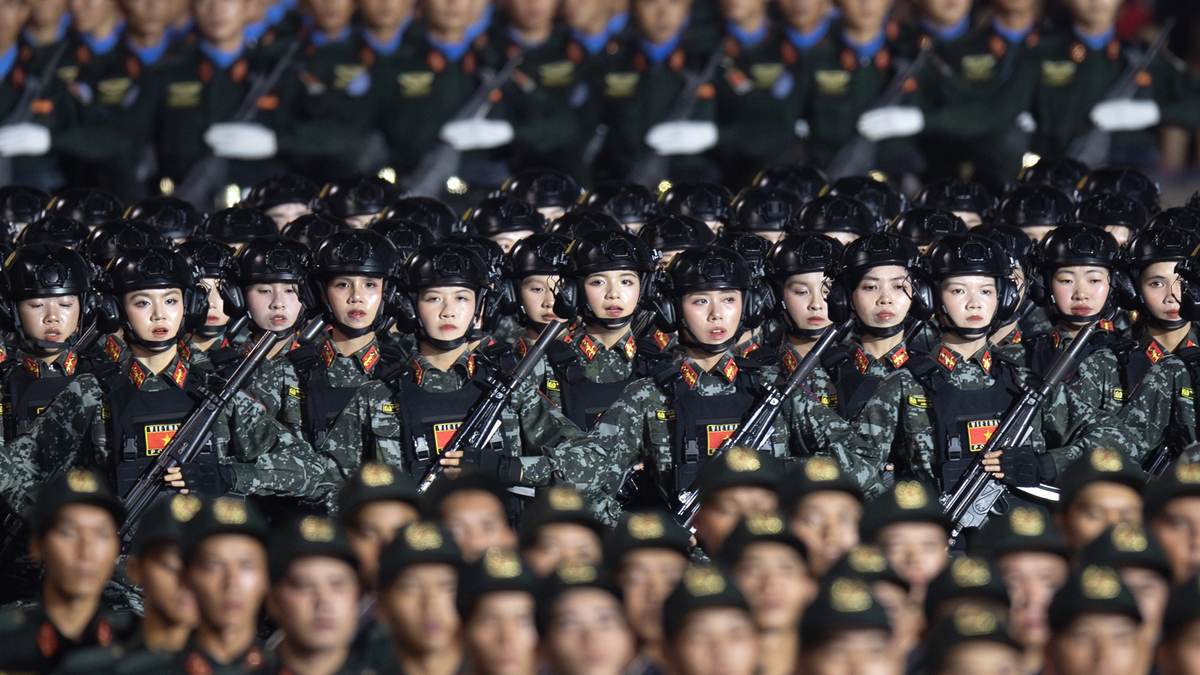
![[Photo] Images of the State-level preliminary rehearsal of the military parade at Ba Dinh Square](https://vphoto.vietnam.vn/thumb/1200x675/vietnam/resource/IMAGE/2025/8/27/807e4479c81f408ca16b916ba381b667)


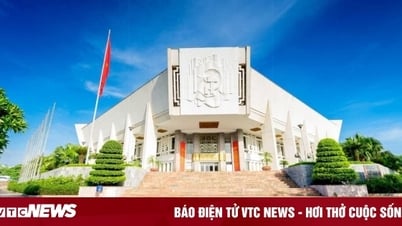










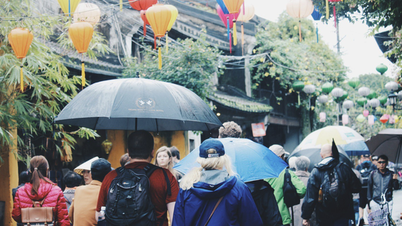




![[Photo] Parade blocks pass through Hang Khay-Trang Tien during the preliminary rehearsal](https://vphoto.vietnam.vn/thumb/1200x675/vietnam/resource/IMAGE/2025/8/27/456962fff72d40269327ac1d01426969)
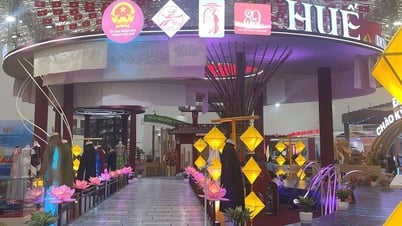

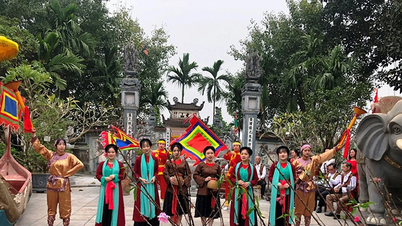

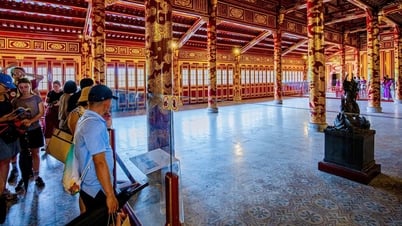



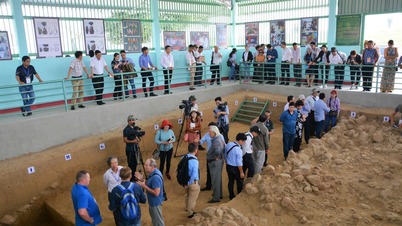

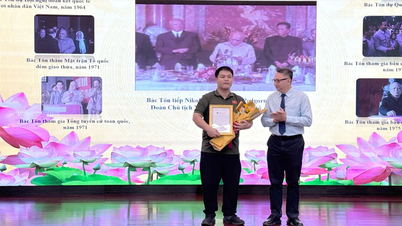

























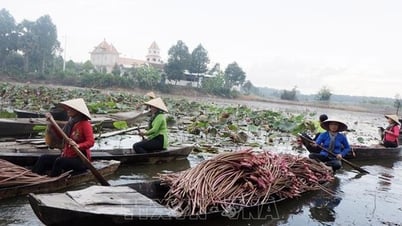


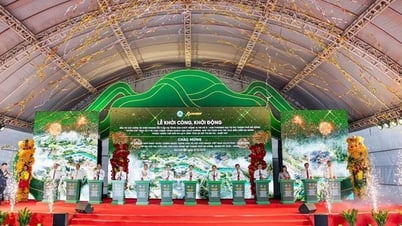







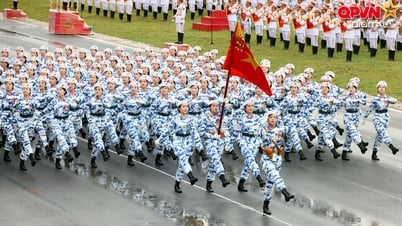



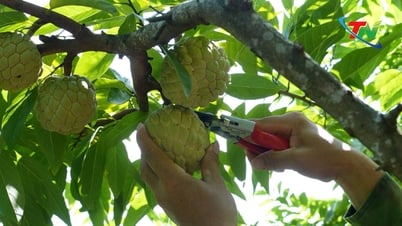












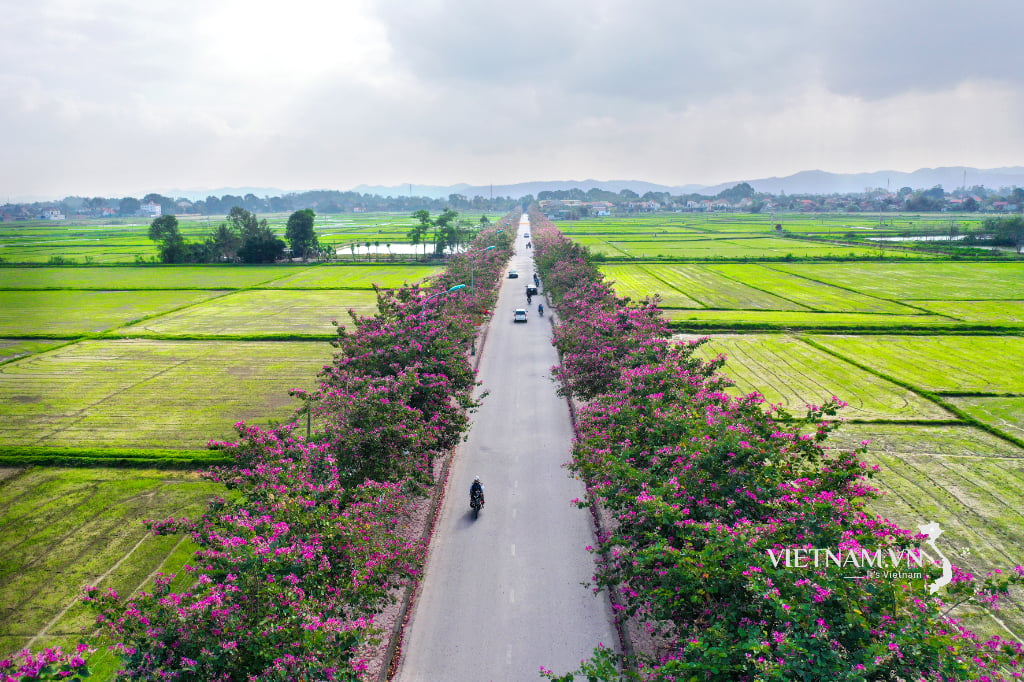


Comment (0)